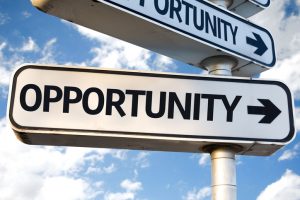Sartorius says it is witnessing substantial opportunities for its single-use portfolio in new indications and markets.
Sartorius continued to see double-digit growth in both sales revenue and order intake for the first half of 2021 due to “unabated high demand for innovative technologies used in the development and production of biopharmaceuticals.”
With group sales up 54% to €1.63 billion ($2 billion), CEO Joachim Kreuzburg cited both COVID-19 related revenue, from vaccine and testing manufacturers, and non-pandemic demand for bioprocess equipment and services, along with the boost from bolt-on acquisitions including, which added about 8 percentage points to the topline.

Image: iStock/gustavofrazao
And looking forward, Kreuzburg spoke about the opportunities particularly for Sartorius’ single-use product portfolio.
Firstly, the advent of monoclonal antibodies targeting huge global patient populations, exemplified by the approval last month of Biogen’s Alzheimer’s drug Aduhelm (aducanumab), could present a “significant” opportunity despite such large-scale products being made in fixed stainless-steel tanks, rather than in single-use bioreactors – an areas that Sartorius is one of the market leaders in.
“Parts of the manufacturing for the Alzheimer’s medicine will be realized in stainless steel or is partially already realized stainless steel. However, there is substantial single-use business,” Kreuzburg said in response to a question on the conference call discussing results.
“However, there is substantial single-use business,” he continued. “When you think about filtration and also purification you always talk about a very significant single-use component, even in the case of running stainless-steel bioreactors for example.”
Cell culture media and other consumable products would also be required whether stainless-steel or single-use tanks were employed, and “the fluid management around the bioreactors can be mixing of cell culture media etc is realized in single use technologies as well,” he added.
“I always would recommend to put this into perspective because this is very often like the very visible heart of a process to some extent, where somebody says ‘oh it’s realized in stainless-steel’ – that doesn’t mean that there is no business opportunity and attractive business opportunity for us and other suppliers of single-use technology.”
Perhaps a bigger opportunity is in China, which despite signs that the infant biomanufacturing industry is moving towards large-scale stainless-steel tanks and could increasingly be served by domestic vendors, remains “a very interesting and attractive” market going forward.
“There are multiple trends I believe that play a role in China,” said Kreuzburg. “We don’t expect today that there will be a regulatory framework that reduces the utilization or the opportunity for single-use technologies… but of course, we are seeing when it comes to stainless-steel components local Chinese companies that are able to provide certain of such components.”
He added: “China is a market that we are putting a lot of effort into to develop that also further for us, and this market will tick slightly differently than others do. But it has been expected for a long time.”
